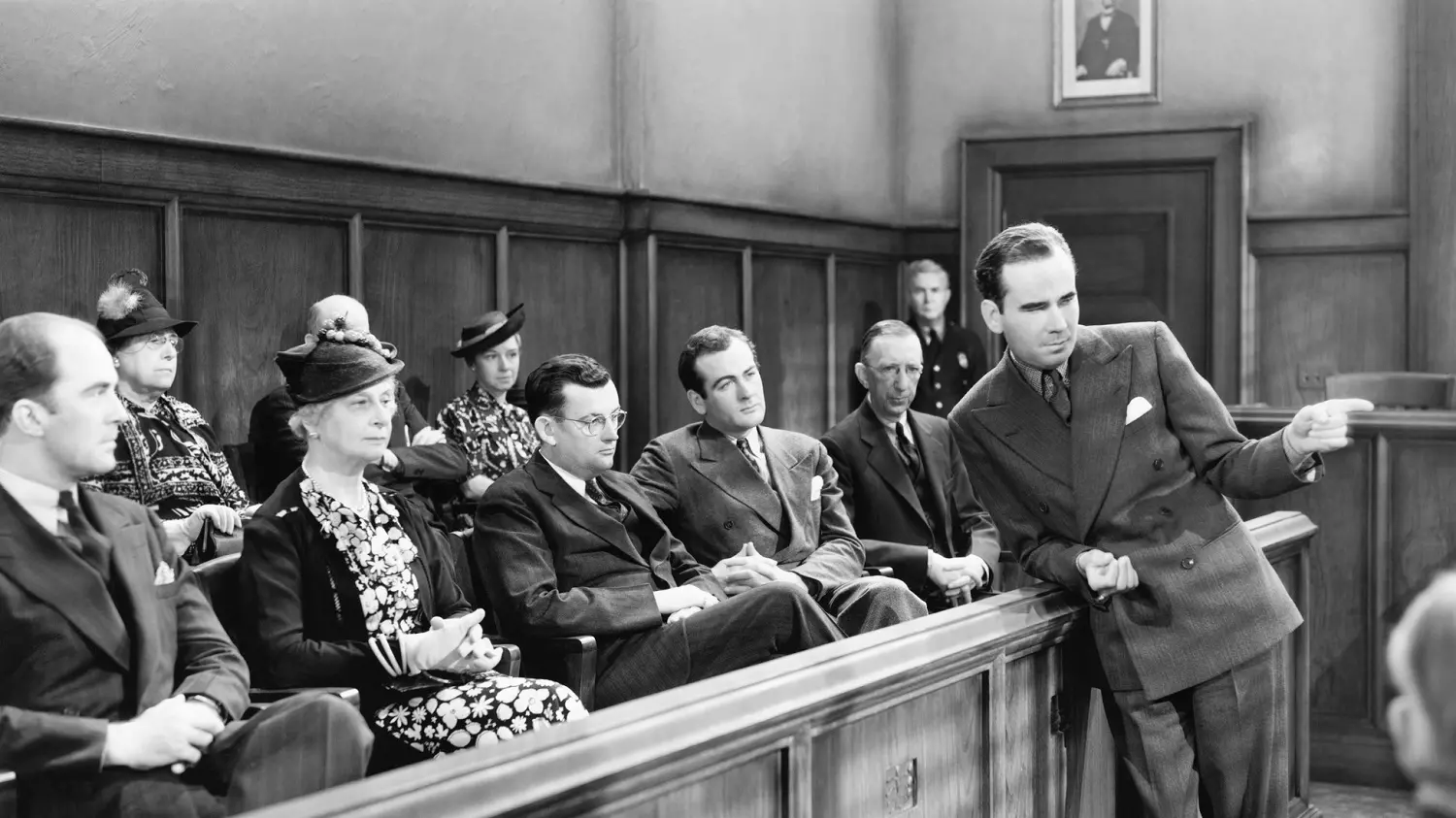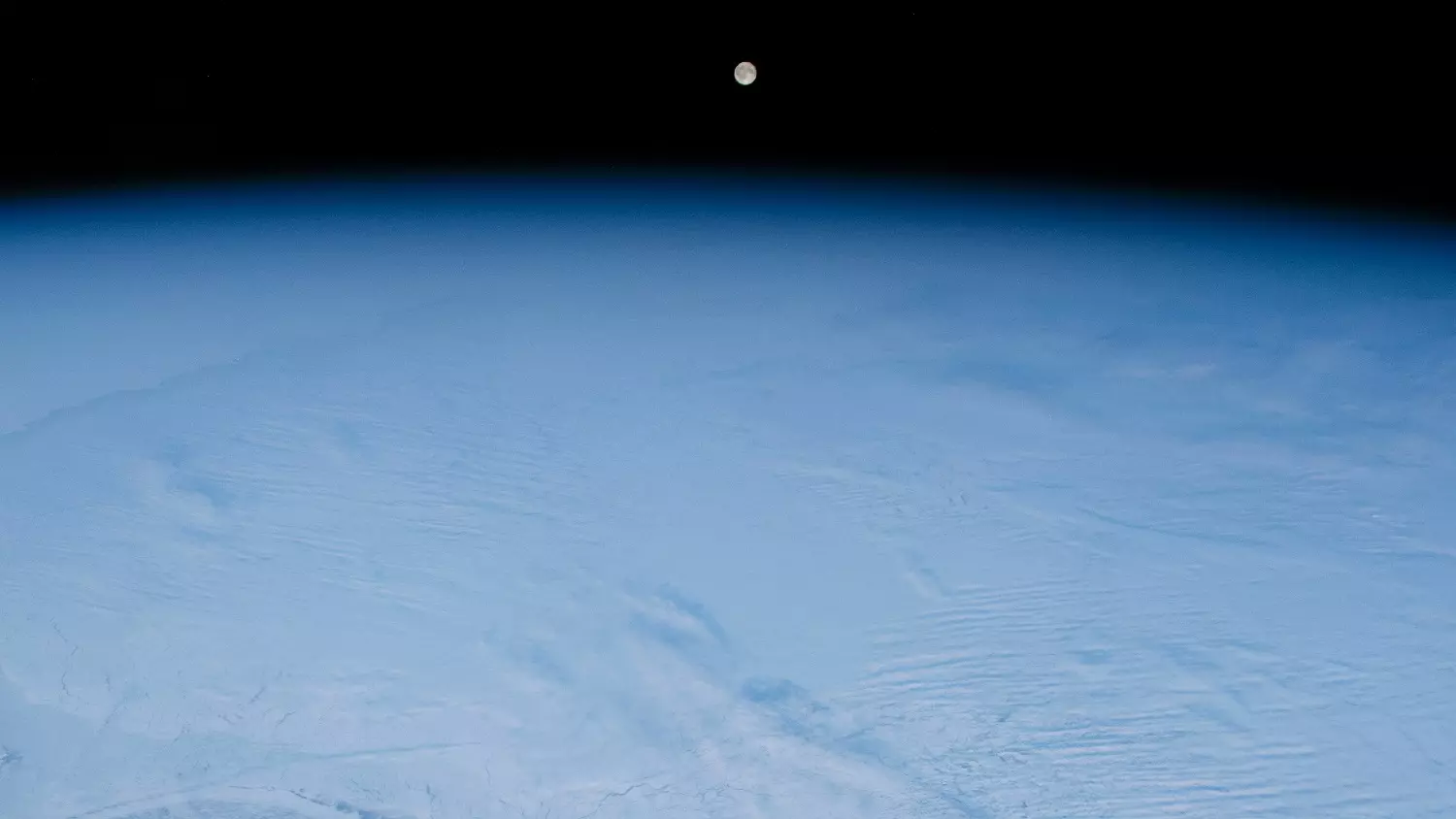[Originally published as the first section of Evidence for What?]
Evidence For What?
Crime scene evidence is extremely important. A skillful detective can use fingerprints, DNA, clothing fibers, etc., to recreate the crime and identify the perpetrator. Our legal system also relies on evidence. The law defines evidence as “any matter of fact that a party to a lawsuit offers to prove or disprove an issue in the case.” In a more general sense, evidence, when properly used, leads to the right conclusion or to a judgment that brings one to the truth.
In the origins debate, the evidence leads to one of two conclusions: evolution or creation. These two basic views are completely at odds and admit no middle ground.
On the one hand, evolution relies on pure random chance as the agent by which matter and energy, over time, are assembled into living systems with all their mind-boggling complexity. The evolutionary process is expected to require billions and billions of years. Creation, by contrast, relies on the ‘mechanism’ of an outside intelligence which we define as the Creator, the One who made from nothing a universe exhibiting order and design. Vast stretches of time are not needed for creation.
Evidence for Events We Didn’t Witness
The evolution/creation debate centers on events in the past. It is an inquiry that seeks to detect and assemble evidence, just as a detective investigates a crime scene. In both cases, the evidence collected will introduce clues to help us understand what happened in the past.
As in a court of law, the evidence used in the origins debate can be verbal or material. This evidence must be qualified and have integrity so that it will be admissible to all who are in a position to make a judgment. Because there is a danger that the final verdict will be erroneous if it is based on falsified evidence, the evidence submitted must be highly reliable to make its conclusions compelling to all who examine it with an open mind.
The evidence is employed by both sides.
In the origins debate, both the advocates of creation and of evolution rely on the same physical evidence to prove their case. The origins debate is unique because it seeks to explain a one-time event. Therefore, historical data are relied on for clues as to what happened. Evidence from rocks, bones, stars, and living systems are interpreted to understand what happened in the past.
The acquisition, processing, and analysis of evidence is always subject to error, and since no human was present to observe the origin of life, there is no verbal evidence of how everything came to be. How, after all, could we observe the Big Bang or see firsthand as God created the universe?
The only way to understand these unique events in the past is to sift through the evidence left behind—just like a detective at a crime scene.
Here are some important ideas to remember, as you consider the evidence:
- Both sides use evidence.
- We are limited in our capacity to assess the evidence. We are finite, biased, sinful, and unable to revisit the past to witness what took place at creation.
- The creation/evolution debate is an historical inquiry that examines material and verbal evidence. The material evidence includes:
- The fossil record
- Geological formations
- Complexity of living systems
- Biological molecular structures/DNA
- Astronomical objects
- Light from astronomical objects
- The verbal evidence is contained in the Genesis account in the Bible, the Word of God.
Why Does the Same Evidence Lead to Opposite Conclusions?
Advocates of evolution and creation use the same evidence, but come to different conclusions. Why?
When a fossilized dinosaur bone is discovered, the evolutionist will immediately interpret it as the consequence of eons of death and suffering that ultimately led to the dinosaur’s extinction. The creationist, however, understands that fossil as evidence of a worldwide flood that created the chemical and physical conditions for fossil formation.
This pattern is repeated time after time as the same evidence leads to opposite conclusions. The evidence is acquired with meticulous care and treated with the same scientific tools. Accurate measurements are made and analyzed; yet, at the end of the discovery process, there are two very different conclusions.
The reason for this is that both sides approach the evidence with opposite presuppositions or preconceptions. When evidence is presented in a court of law, the goal is to produce a verdict of guilt or innocence. The advocates on each side enter the courtroom with their minds made up. The prosecutor is looking for a guilty verdict and uses the evidence to persuade the court to that end. The defense builds a case for innocence, also by using the evidence.
It is important to acknowledge that both prosecutor and defender come to court with preconceptions. They presuppose their conclusions from the same set of data.
Likewise, defenders of evolution or creation look at the data in terms of their bias. Creationists, who use the Word of God to establish their presuppositions about the origin of life, reach dramatically different conclusions than do those who reject the Bible as a record of the past. Contrasting presuppositions always produce contrasting conclusions.
Take a look at the presuppositions both sides bring to the origins question:
- Creation/Evolution
- Predetermined Order/Chaos
- Outside Intelligence/Internal Self Ordering
- Six Days/Millions of Years
- Catastrophic Events/Slow Gradual Change
In Badlands National Park, located in southwestern South Dakota, the world’s richest fossil beds which evolutionists assign to the Oligocene epoch are found. The evolutionists who study these fossil beds conclude that over twelve million years of mammalian evolution are recorded in these rocks.
They approach these fossil sites with the presupposition that evolution is a fact, and therefore, come to a conclusion that all the different fossilized forms developed by the process of gradual change over millions and millions of years.
With the same fossil evidence that the evolutionists use, creationists reach very different conclusions. They find evidence of different kinds of mammals and propose that the layering of rocks and fossils was due to some sort of catastrophic event, such as a worldwide flood. Again, we find two competing conclusions from the same evidence. It comes down to one’s presuppositions, or worldview.
To be continued…







